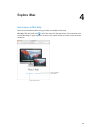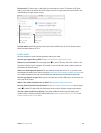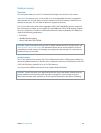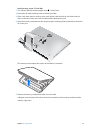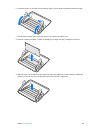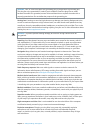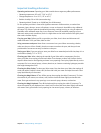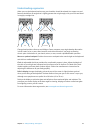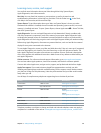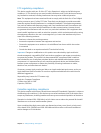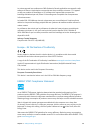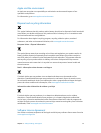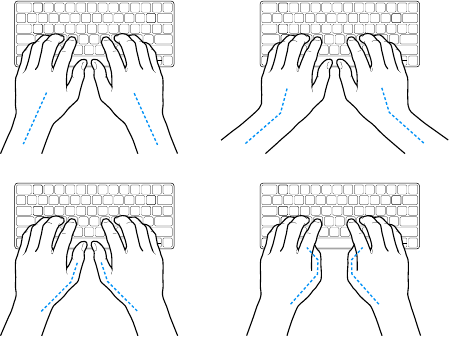
Chapter 5 Safety, handling, and support 47
Understanding ergonomics
When you use the keyboard and mouse, your shoulders should be relaxed. Your upper arm and
forearm should form an angle that is slightly greater than a right angle, with your wrist and hand
in roughly a straight line.
Not thisThis
Not thisThis
Change hand positions often to avoid fatigue. Some computer users might develop discomfort
in their hands, wrists, or arms after intensive work without breaks. If you begin to develop
chronic pain or discomfort in your hands, wrists, or arms, consult a qualied health specialist.
Mouse or optional trackpad. Position the mouse or trackpad at the same height as the keyboard
and within a comfortable reach.
Chair. An adjustable chair that provides rm, comfortable support is best. Adjust the height of
the chair so your thighs are horizontal and your feet are at on the oor. The back of the chair
should support your lower back (lumbar region). Follow the manufacturer’s instructions for
adjusting the backrest to t your body properly.
Built-in display. Arrange the display so that the top of the screen is slightly below eye level
when you’re sitting at the keyboard. The best distance from your eyes to the screen is up to you,
although most people seem to prefer 18 to 28 inches (45 to 70 cm).
Position the display to minimize glare and reections from overhead lights and windows. The
stand lets you set the display at the best angle for viewing, helping to reduce or eliminate glare
from lighting sources you can’t move.
For more information about ergonomics, see www.apple.com/about/ergonomics.
74% resize factor




